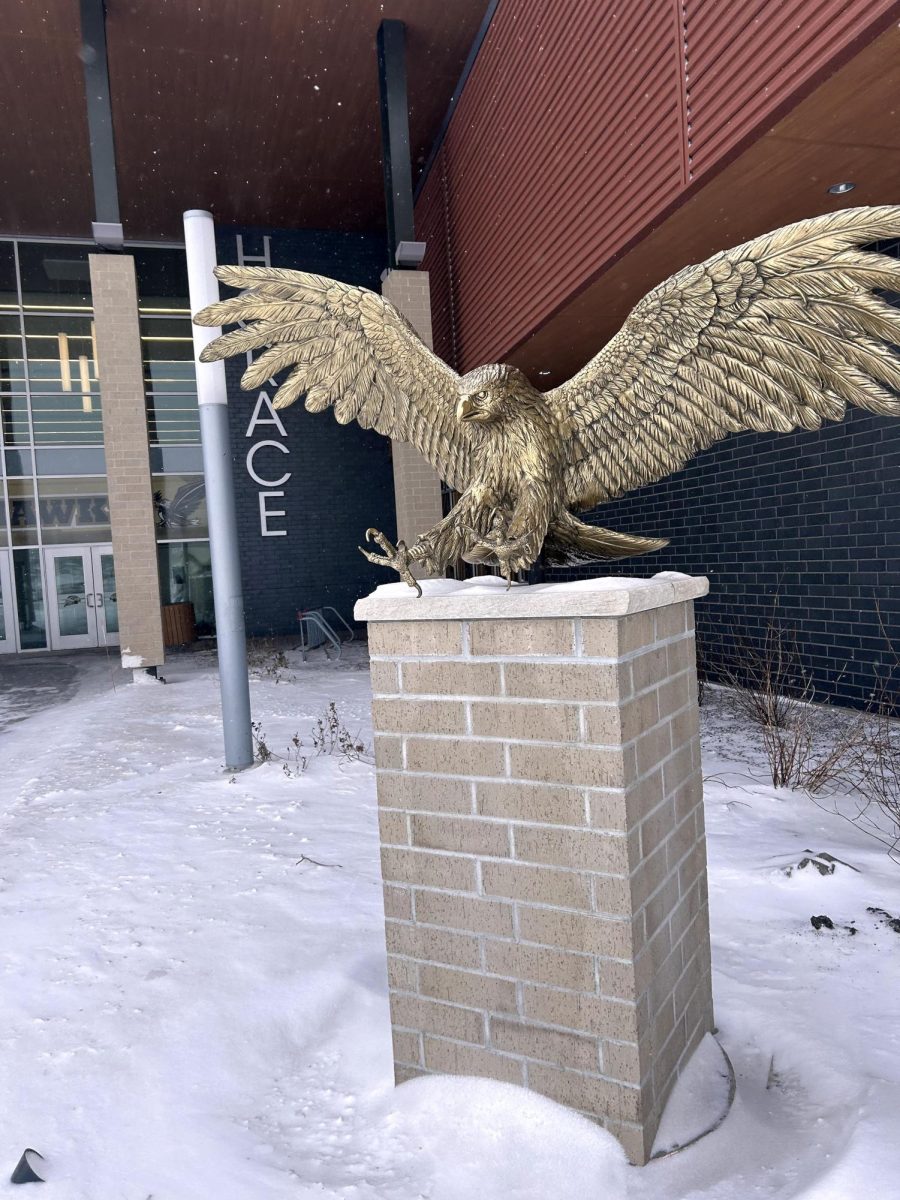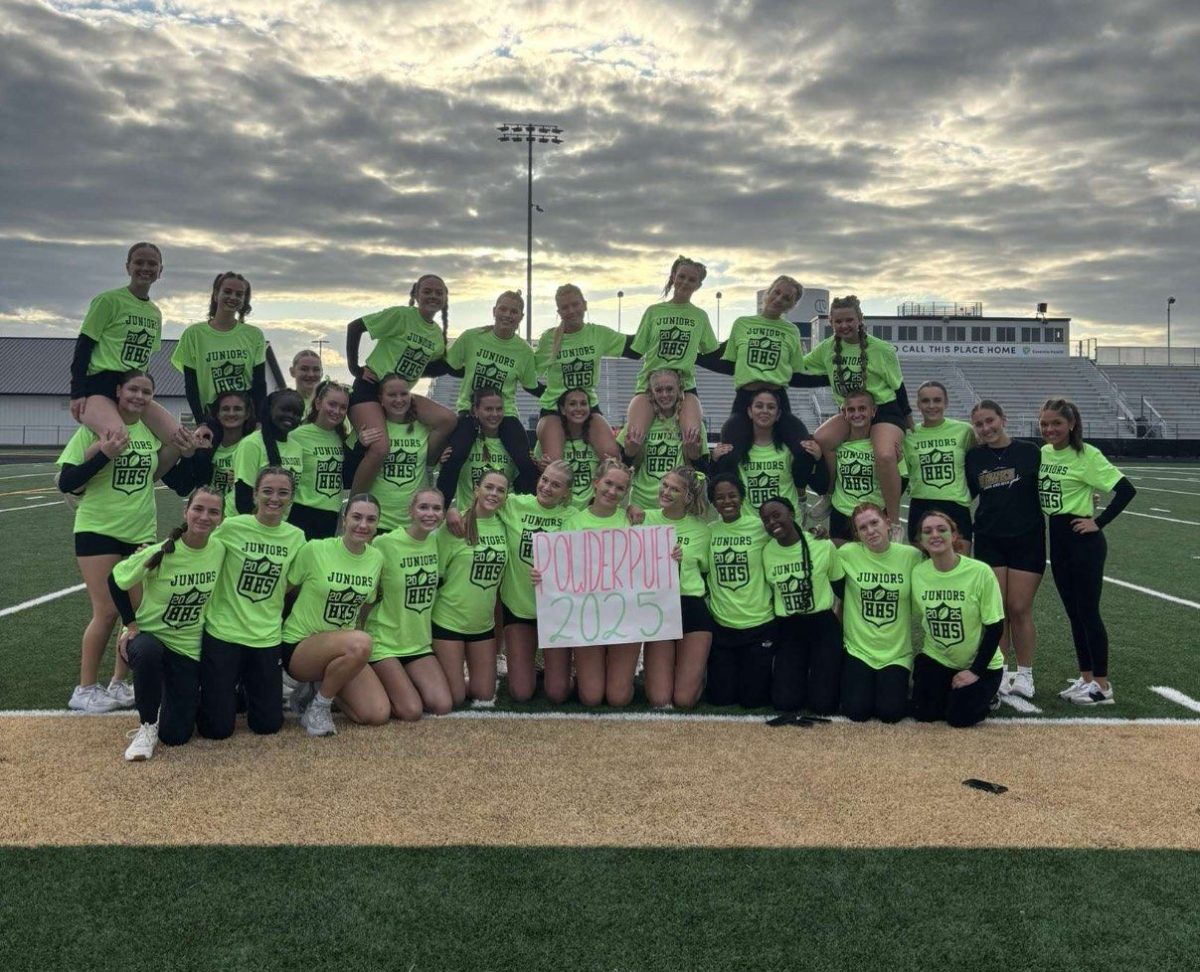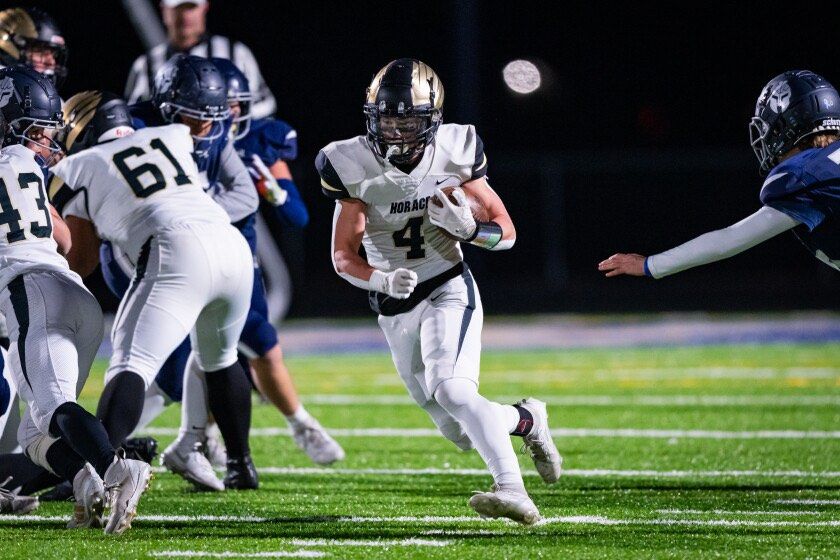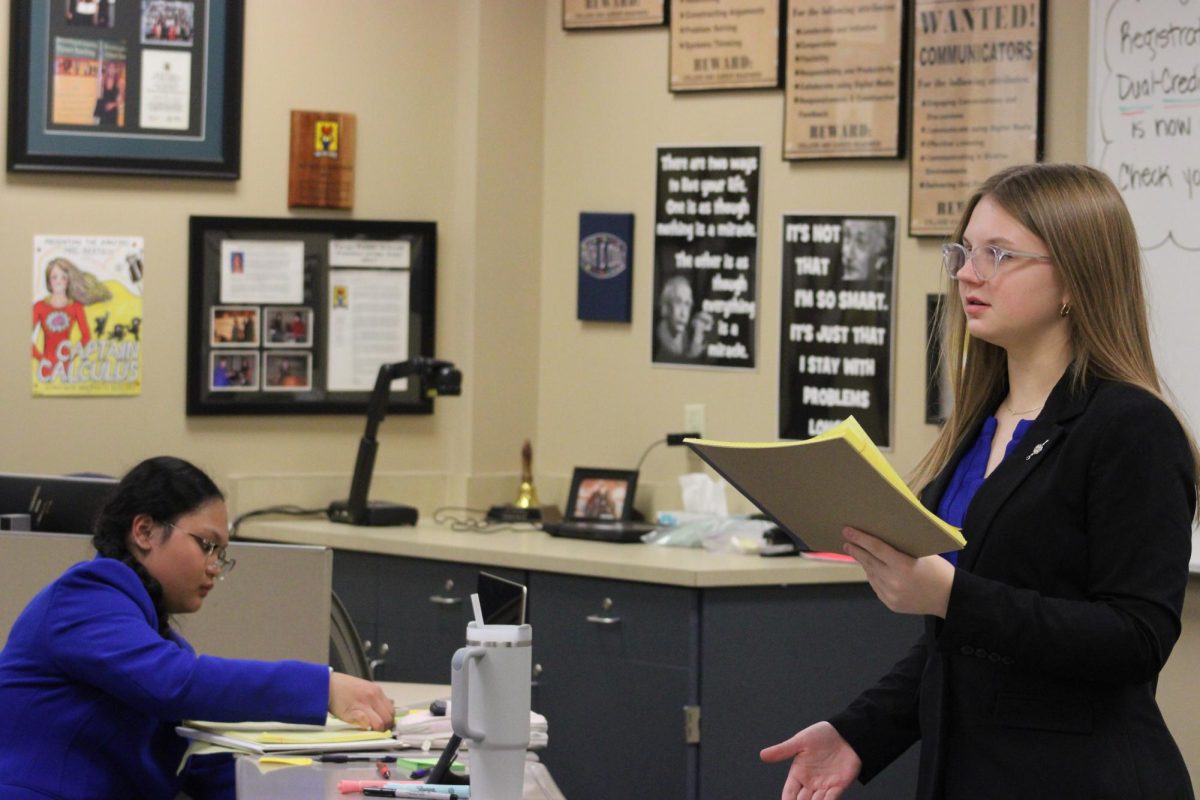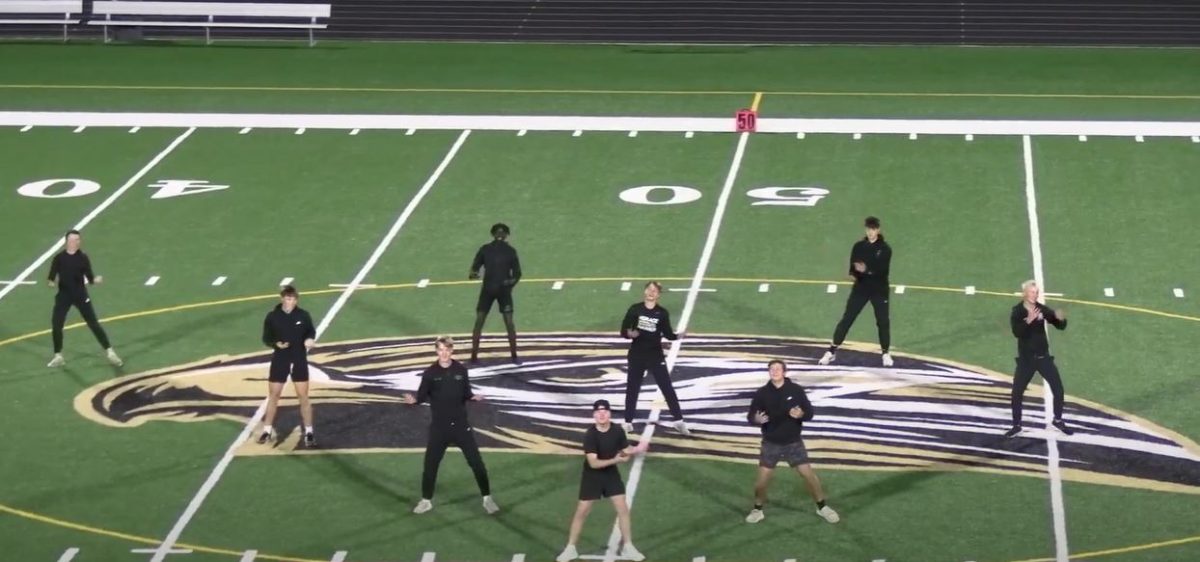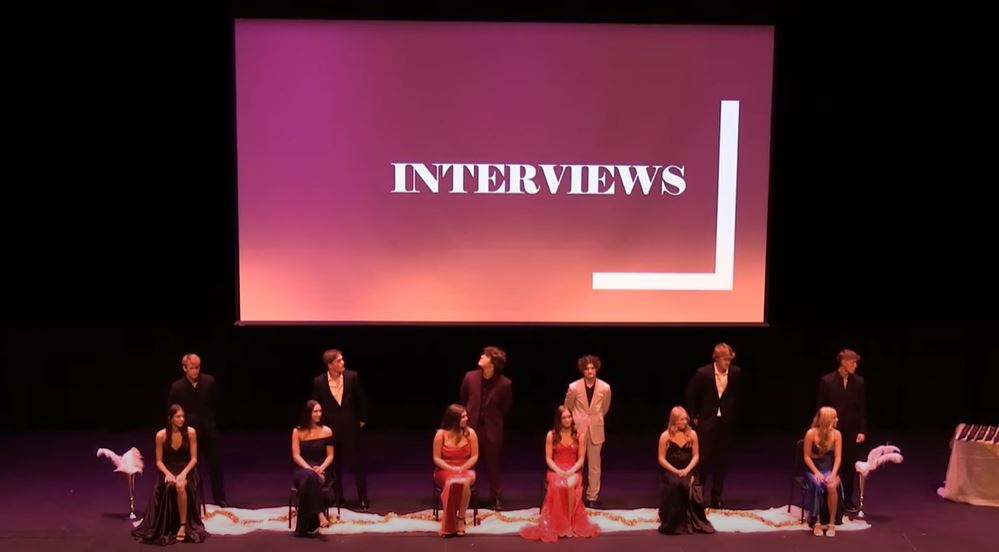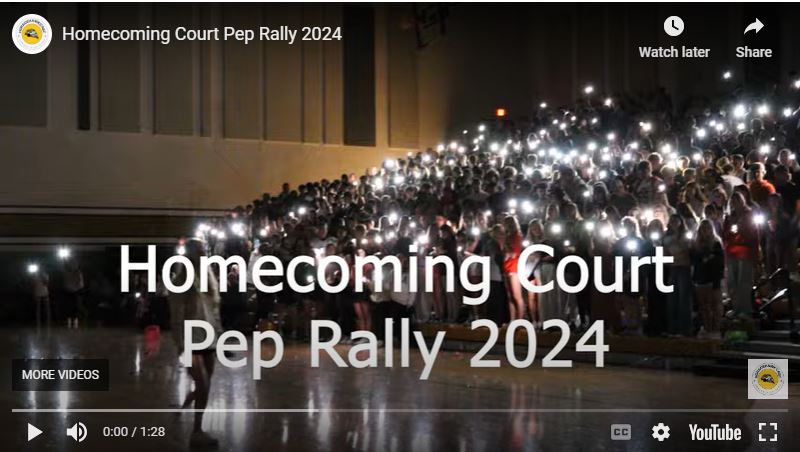What Is the History of Halloween?
October 27, 2022
When Halloween makes its rounds to our calendar, it is time to carve pumpkins and go trick-or-treating, but what is the history behind our traditions? Halloween is a holiday celebrated each year on October 31, on Monday, October 31. Around the world, the tradition of Halloween is celebrated in diverse ways such as Mexico’s Day of the Dead and The Hungry Ghost Festival from Hong Kong. The concept of Halloween comes from the ancient Celtic festival of Samhain where the Celts believed that the veil between the worlds of the living and the dead is the thinnest. They would take this time to honor passed spirits by leaving gifts such as bread, salt, and wreaths. Rituals of the festival are little known due to the church Christening the idea with pagan festivals. The development of the holiday continued when Pope Gregory III made November 1 All Saint’s Day turning the day before, October 31 into All Hallow’s Eve.
There are more events that went into making the Halloween we know today. Our carving of pumpkins creating Jack O’ Lanterns originates from the tale of Stingy Jack of Ireland. According to World History Encyclopedia (2019), Jack was clever man who tricked the devil to ban him from hell but was also not allowed into heaven due to his actions. Once he died, he wandered the world with a carved turnip lit inside by a red ember from hell to light his way. Now, on All Hallow’s Eve, Ireland carves pumpkins and places a candle inside to protect their past loved ones from spirits like Stingy Jack. Soon, the practice of Jack O’ Lanterns came to America where we now carve our pumpkins with fun designs and set them on our porches.
Trick-or-treating is of course the main thing children look forward to on Halloween. The custom of dressing up and asking for candy developed through time from the Celtic festival. To scare spirits away from their past relatives, they would dress in costumes to ward them off. During the medieval times, when Pope Gregory III made November 1 All Saint’s Day, churches would make relics of saints to celebrate them. Poor churches could not take part in this so instead they would dress their members as the saints, furthering the practice of dressing up. It wasn’t until the mid-1800s that America became aware of Halloween. Everyone would dress up and walk around asking for money or food. Women joined the dressing up and going around to deceive their possible future husbands with their altered looks. Finally, in the 1930’s entrepreneurs took advantage of this holiday and mass-produced costumes, completing the version of Halloween we know today.
Now knowing the history surrounding your favorite Halloween activities, you can enjoy them even more. Happy haunting this Halloween season!



